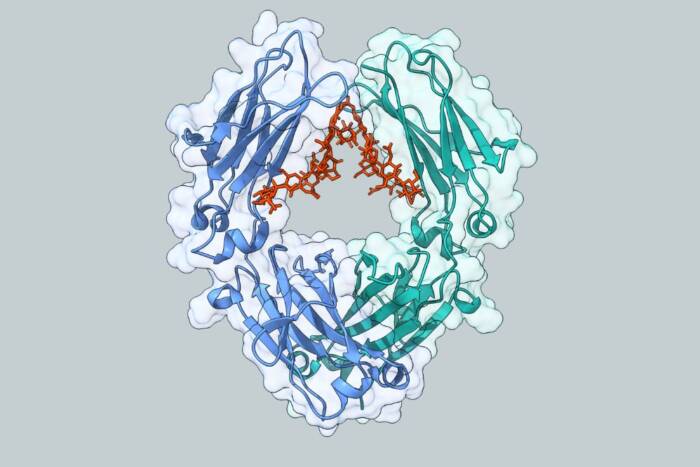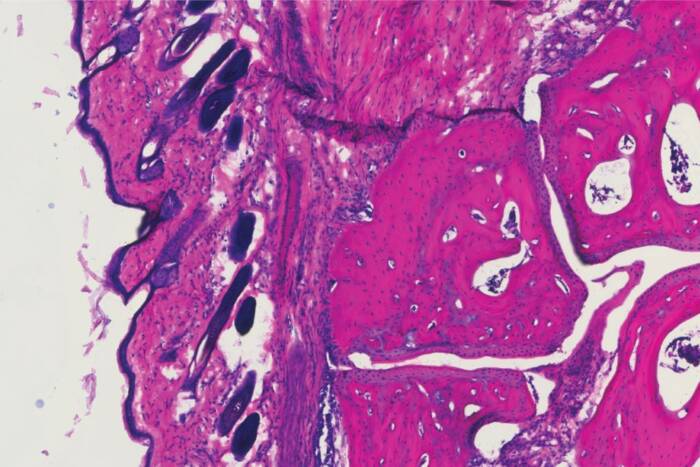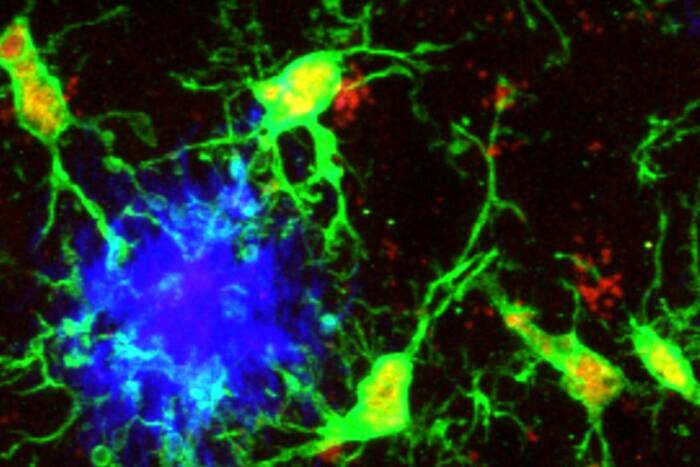Michael E. Hahn
 (opens in new window)B.S., Brandeis University
(opens in new window)B.S., Brandeis University
Semisynthesis of the Transcription Factor Smad2 Containing Caging Groups and Phosphoaminoacid Analogs
presented by Tom W. Muir
Michael Hahn joined the M.D.-Ph.D. program in the fall of 2000 and after his initial medical training, his interests in protein chemistry led him to join my research group for his Ph.D. studies. Now, Mike had two very clear goals from the outset: firstly, to develop chemical methods to allow the activation of cellular proteins with light; and secondly, to convert my entire research group to Boston Red Sox fans.
Mike became interested in controlling proteins with light since this provides the ultimate spatial and temporal control over biological processes. Many proteins are regulated through posttranslational modification, little chemical tags that are put on and taken off proteins in response to different stimuli and that can tweak what proteins do in a cell. One of the best-known modifications is protein phosphorylation, and because of this, Mike decided that controlling protein phosphorylation with light would be a good place to start his studies. So he started this by figuring out the basic organic chemistry that he needed to do the job. He then moved on by applying this caging chemistry to peptides and then to proteins in a test tube and finally to proteins in a living cell. He was the first to do any of this. By the end of his studies, Mike had become quite the magician and had figured out a way of simultaneously activating both the activity and the fluorescence of a signaling protein called Smad by hitting cells with a single laser pulse. This allowed a detailed analysis of nuclear import of this protein, but the technology should be generally applicable. I’d stress that this is highly sophisticated protein chemistry, and in this regard Mike’s work represents the high water mark for my lab so far.
There is no doubt that Mike was terrifically productive in his Ph.D., and you can attribute this largely to his creativity, experimental skills and hard work. But Mike did have a secret weapon, namely his dad, who is here today along with his mother. Parents often get involved in their children’s education, usually providing encouragement, support and occasionally by calling up the supervisor for a little chat. But the involvement of Mike’s dad was entirely different. On learning about what Mike was up to, namely making proteins, and what the issues were, Mike’s dad decided to really help. A plumber by trade, he is at times a scientific instrument maker by inclination. So it was that he came down from Boston and spent several days observing Mike and I in the lab. He then went back to Boston and built in his garage a protein synthesizer. His ingenious design is based on Archimedes’s principle of hydrostatics. Incredibly, this machine actually works and really well. Mike’s dad has now set a new standard for parental involvement in my lab.
Now, as I mentioned, Mike’s second goal was to convert us all to Red Sox fans. In this regard he was persistent and often persuasive and to this day I’m convinced he had a hand in turning my son into a Sox fan. But perhaps his most memorable gambit involved showing us how to sneak into Fenway Park without a ticket. Now as a Yankees fan, personally, this seemed a little bit too expensive to me still, but in hindsight, I now realize that this brazen act was a harbinger of the resourcefulness he was to show time and time again during his Ph.D. studies. Mike has now returned to the wards to finish off his medical training and we certainly wish him all success for the future.


